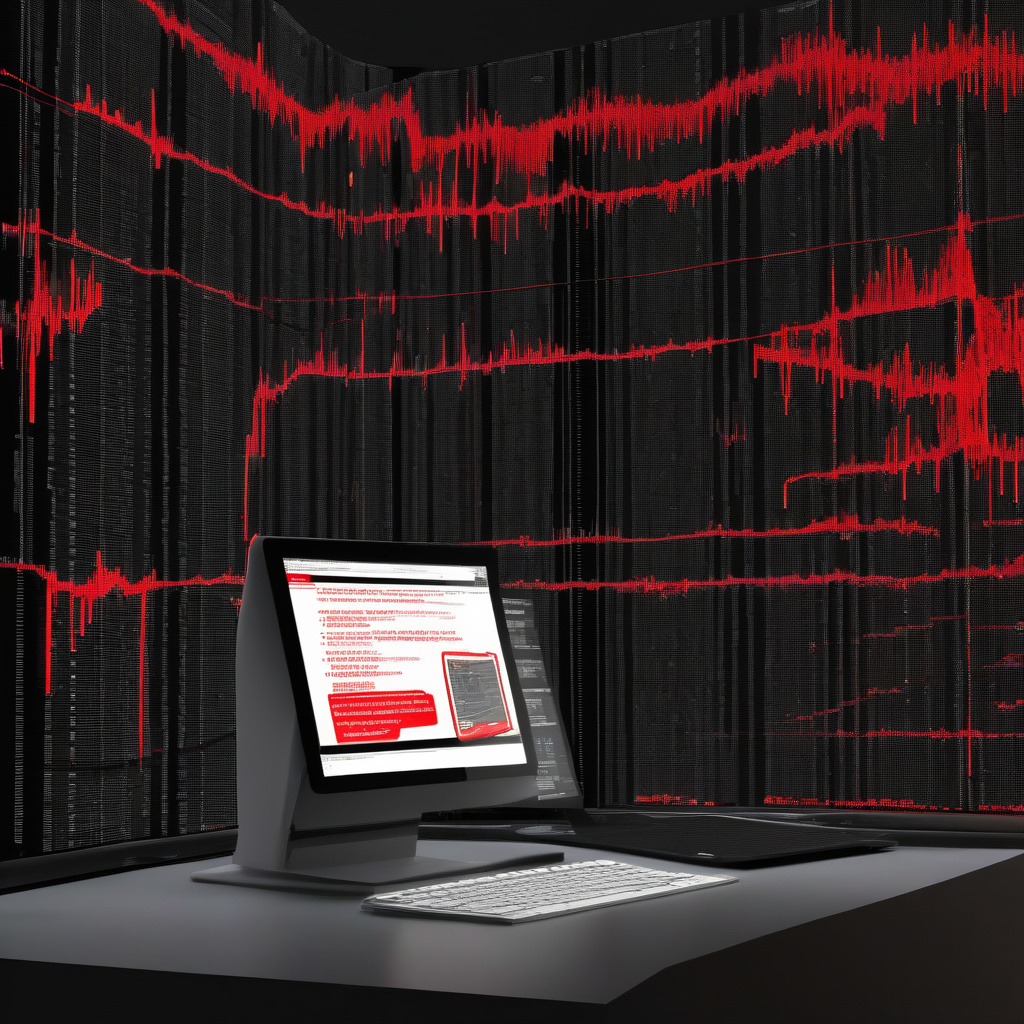Ransomware Attacks Decline Globally, Yet Pose a Significant Threat to the Retail Sector
Global ransomware attacks experienced a notable 31% decrease in April, offering a glimmer of hope in the ongoing battle against cyber threats. However, amidst this overall decline, the retail sector, particularly prominent UK retailers such as M&S and Harrods, found themselves grappling with disruptive incidents, underscoring the persistent dangers lurking in the digital landscape.
The reduction in ransomware attacks on a global scale may initially appear as a positive development, suggesting that cybersecurity measures and awareness efforts are making headway in thwarting malicious activities. However, the specific targeting of major retail players like M&S and Harrods serves as a stark reminder that the threat of ransomware remains alarmingly potent, especially for organizations that handle sensitive customer data and high volumes of transactions.
The retail sector has long been a lucrative target for cybercriminals due to its reliance on digital infrastructure for various operations, including sales, inventory management, and customer engagement. The shift towards e-commerce and online transactions has only amplified these risks, making retailers prime candidates for ransomware attacks seeking financial gain or data exploitation.
In the case of M&S and Harrods, the disruptive incidents they faced amid the decline in global ransomware attacks highlight the industry-specific challenges that retailers must navigate in an increasingly digitized world. These incidents not only cause financial losses and operational disruptions but also erode customer trust and brand reputation, which are invaluable assets in the competitive retail landscape.
To effectively combat the looming threat of ransomware attacks, retailers need to prioritize robust cybersecurity measures that encompass both preventive and responsive strategies. Proactive steps such as regular security audits, employee training on cybersecurity best practices, and investment in cutting-edge threat detection technologies can help fortify defenses against evolving cyber threats.
Furthermore, retailers must also have comprehensive incident response plans in place to swiftly mitigate the impact of a ransomware attack and minimize downtime. This includes regular data backups, secure communication channels for crisis management, and coordination with law enforcement and cybersecurity experts to investigate and address the breach effectively.
The incidents faced by M&S and Harrods serve as cautionary tales for retailers worldwide, emphasizing the critical importance of staying vigilant and proactive in the face of persistent cyber threats. As the retail sector continues to embrace digital transformation and expand its online presence, the need for robust cybersecurity measures has never been more pressing to safeguard sensitive data, preserve business continuity, and uphold consumer trust.
In conclusion, while the decline in global ransomware attacks offers a glimmer of hope, the targeted incidents in the retail sector underscore the ongoing vulnerability of organizations to malicious cyber activities. By prioritizing cybersecurity readiness and adopting a proactive stance against ransomware threats, retailers can better protect themselves and their customers in an ever-evolving digital landscape.
ransomware attacks, retail sector, cybersecurity, digital transformation, cyber threats
